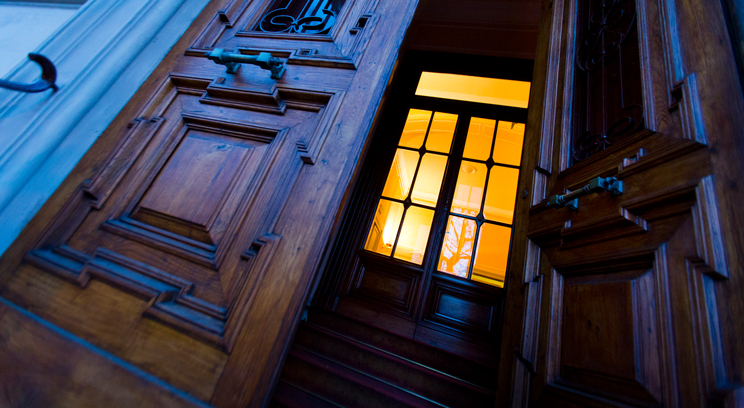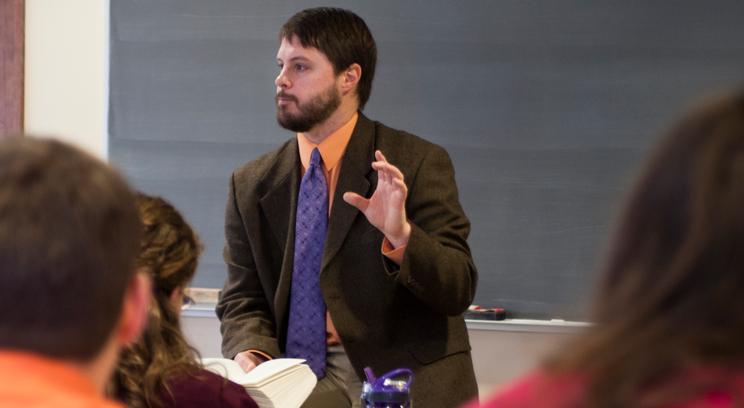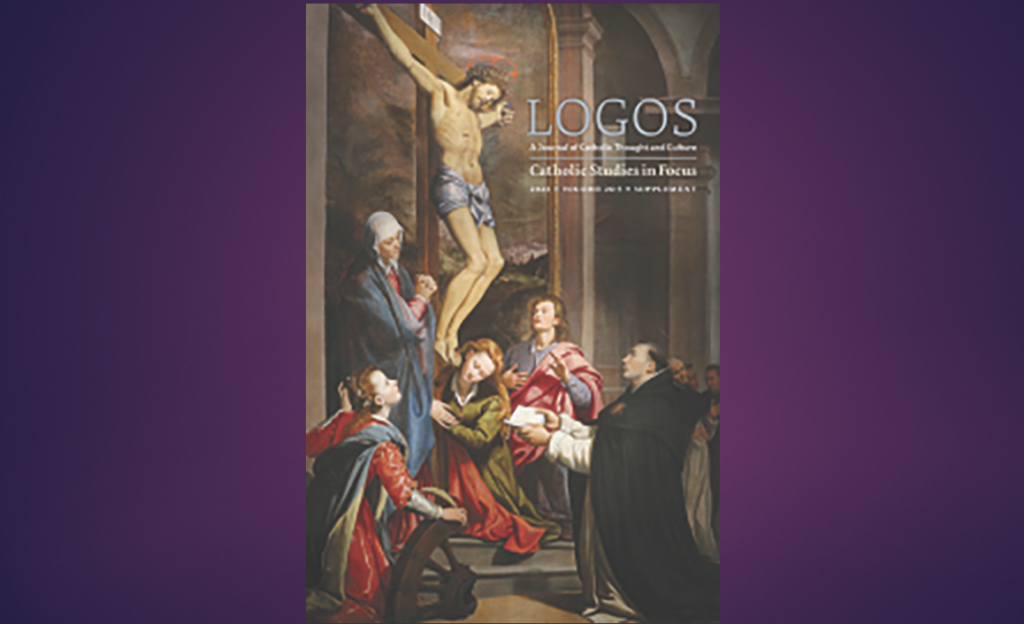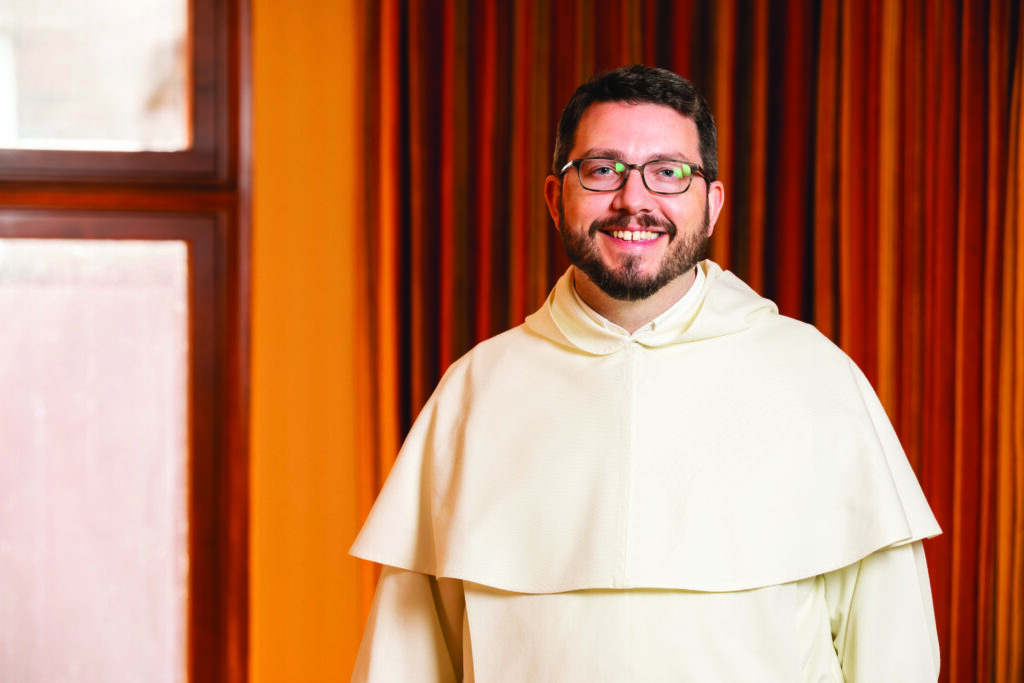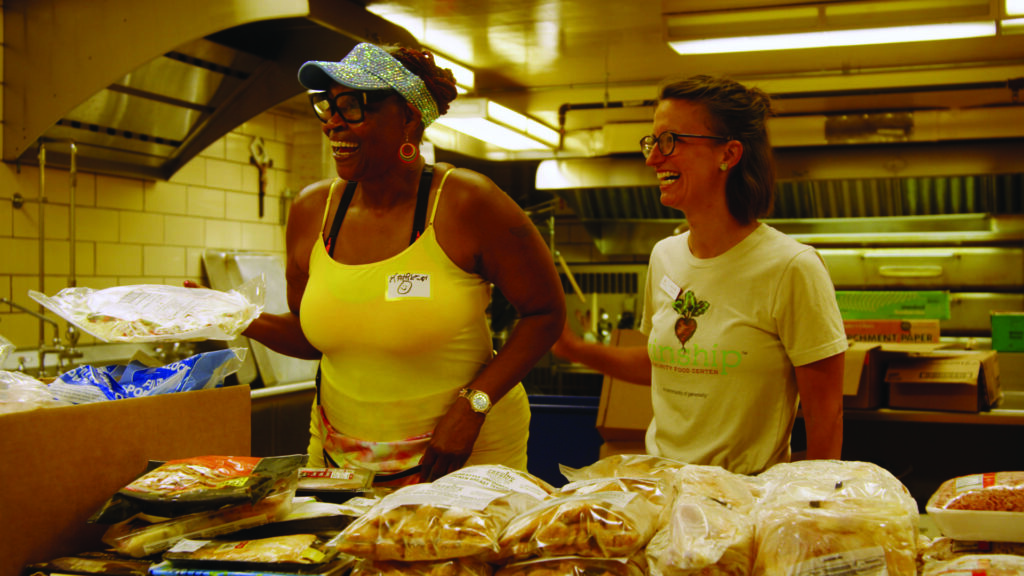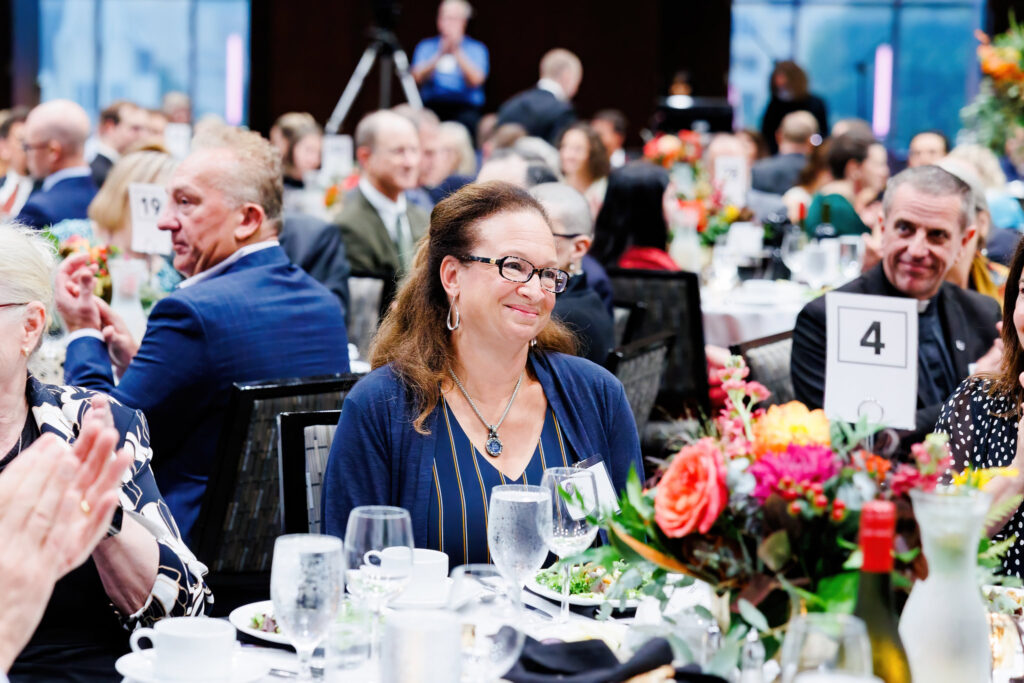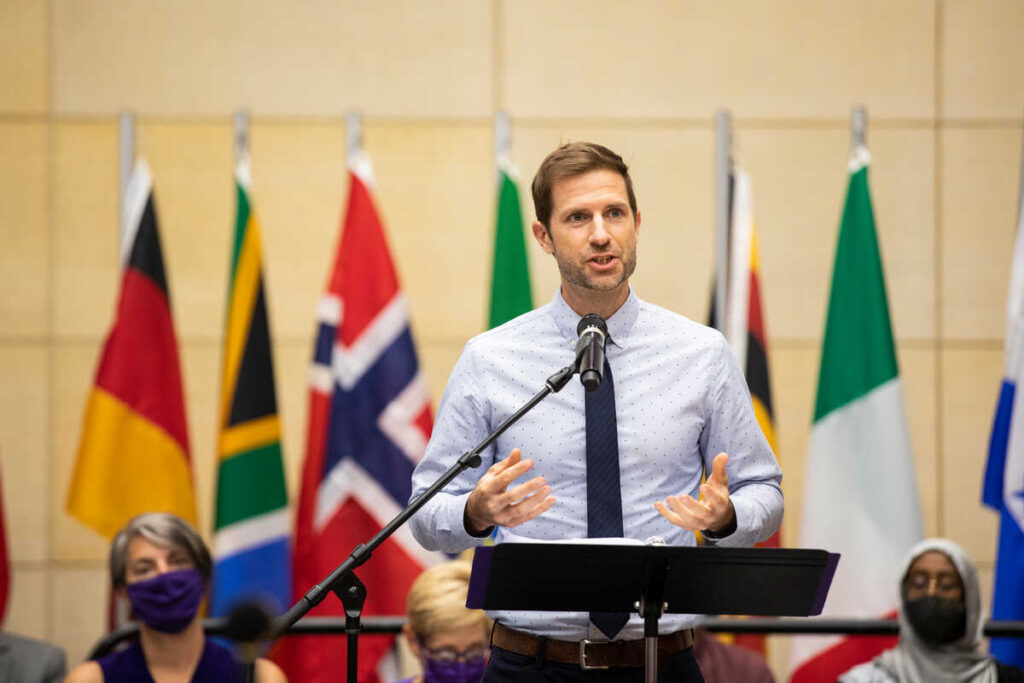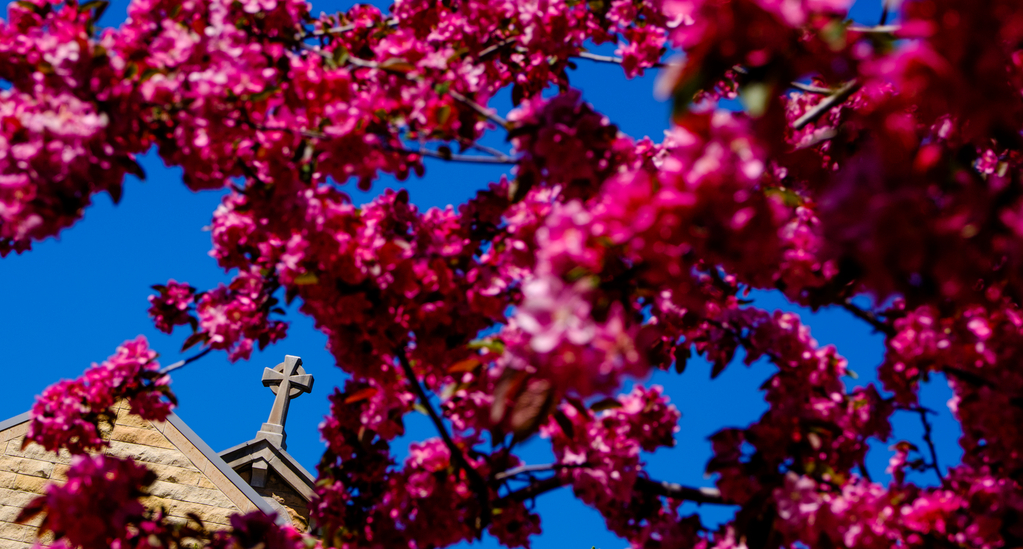There are 79 marble steps from the entryway of Bernardi Residence up to the two-room faculty apartment. Yes, I counted. Many times each day. And I’m not complaining. Seventy-nine marble steps are a very small price to pay for the privilege of calling Rome our family’s home for a remarkable semester.
Every semester the Catholic Studies Department sends one professor from the University of St. Thomas to its Rome campus to teach “Church and Culture: the Social Dimension of the Catholic Church” and to become a part of the Bernardi community. If the professor is able to make the necessary arrangements, his or her family may accompany him; thus, in early February 2012 in the middle of the biggest snowstorm Rome had experienced in 25 years, I found myself moving into a student residence in Rome with my husband, my 12-year-old son and 34 college students!
Certainly I was happy about this opportunity. I was eager for the chance to step away from my ordinary responsibilities and commitments back home and to have the time and peace to study, experience and wonder about the ideas, history, art and culture of the Eternal City. I was thrilled to be able to be so near to the Holy Father, to spend Lent with him and to accompany him throughout the liturgy of Holy Week. I was excited to share this wonderful adventure with my husband and son. I expected to find joining the Bernardi community an interesting experience. I wasn’t worried about the living arrangements. I had always enjoyed dorm life when I was in college. I had heard good things about the maturity and wholesomeness of the Catholic Studies students. I knew I didn’t have any official responsibility − thanks to able program director Thanos Zyngas − for the practical needs of anyone but my own small family.
What I did not expect was how quickly and completely the students would become a part of our family’s life, how generously and with what open hearts they would welcome our family into their lives, how completely they would win our hearts, and how truly they would become like sons and daughters to us. What I did not expect was that those of us who lived together in Bernardi Residence would form more than a community; we would become a family.
How did this happen? In spite of all the glories of Rome, the students do get homesick. They miss hamburgers, they miss American efficiency, but mostly they miss their families. Having a family living in their midst − a mom, a dad, a little brother − is comforting to them. Our two-room apartment was not a dorm room but a real family home, and we regularly opened it to them, inviting them in small groups to join us around our family dinner table. More than one student told us, in the course of the semester, that our family reminded them of their families and made Bernardi feel more like a home.
We shared a lot together, of course. Although weekly community meals and smaller dinner parties in our apartment were special, Bernardi family life, it seemed, really grew out of our shared daily breakfasts of yogurt, coffee, fruit and rolls in the common dining room. Perhaps it was the very ordinariness of it all, the constancy of gathering together at the table, eating the same fare, sharing our plans for the new day, just checking in. We shared ideas and experiences, frustration and awe, sore feet and Rick Steves and our favorite spots for gelato. We shared the Bernardi residence − not just the dining room but the chapel, the kitchen, the rooftop terrace, and those many marble steps.
The students liked having a dad around who not only advised them on their studies but also encouraged them to support and watch out for their Bernardi brothers and sisters, and to spend time together without the distractions of Facebook and the blogosphere. They appreciated having a mother around to worry about whether they were eating enough protein and getting enough sleep, a mom to come home to after weekends of travel, someone eager to hear about their escapades. They loved having a kid around, a little brother to look up to them, always happy to be included in their games of ultimate Frisbee and pinochle.
The faculty family is not the center of the students’ Rome semester, but it can most certainly be a key part of their experience. As they studied and thought about the social dimension of the Catholic Church, they found in their midst a solid Catholic family, the fundamental cell of society. They had the chance to observe that family working and playing together, communicating, solving problems, serving one another. Perhaps most importantly, each of our 34 students had the same Bernardi mom and dad and little brother, a fundamental point of unity that helped to transform them from students and residents into brothers and sisters, into a Bernardi family that will endure long after their visas have expired.
Dia Boyle is a freelance writer and speaker. She is the author of Stone and Glass: The Meaning of the Cathedral of Saint Paul.
Read more from Perspectives.
